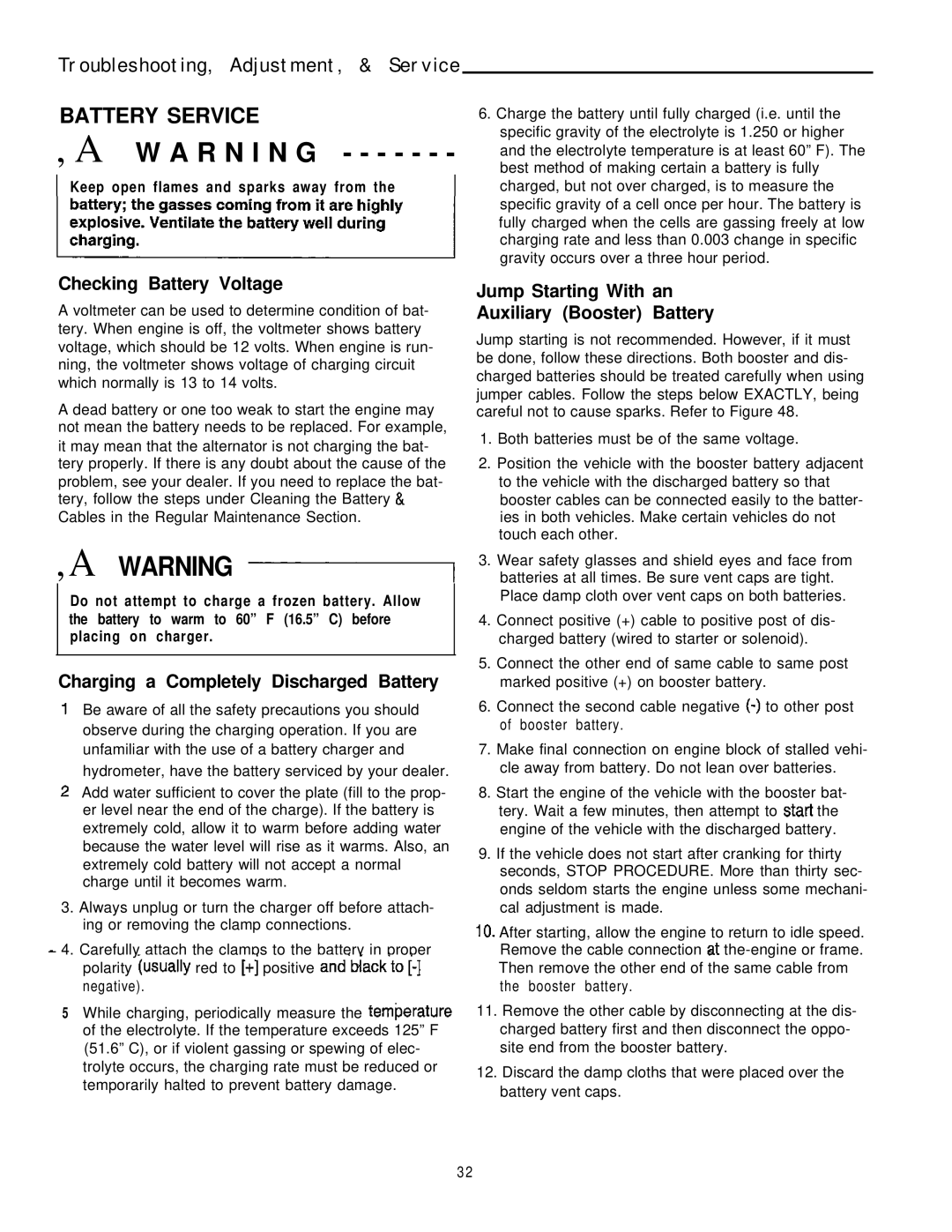16HP V-Twin specifications
The Simplicity 16HP V-Twin is a notable feature in the world of lawn and garden equipment, offering a powerful and reliable solution for homeowners seeking to maintain their lawns with ease. This engine is specifically designed to provide robust performance while ensuring user-friendly operation, making it an ideal choice for residential mowing and landscaping tasks.One of the main features of the Simplicity 16HP V-Twin is its 16 horsepower rating, which is sourced from a well-engineered V-twin configuration. This design enables smooth operation with enhanced torque, providing the necessary power for mowing through thicker grass and uneven terrain. The V-twin design also results in reduced vibration, leading to greater comfort during extended mowing sessions.
Additionally, the engine boasts an overhead valve (OHV) design, promoting efficient combustion and improving fuel economy. The OHV technology ensures better airflow into the combustion chamber, leading to improved power output while simultaneously reducing emissions. This means users can achieve a cleaner cut with less environmental impact.
Simplicity has also integrated a dual-element air filtration system into this engine, which helps to extend its lifespan and reliability. The efficient air filtration system prevents dirt and debris from entering the engine, reducing wear and providing peace of mind during operation.
A key characteristic of the Simplicity 16HP V-Twin is its ease of maintenance. The engine features an accessible oil fill and dipstick, simplifying the process of oil changes and ensuring that operators can keep the engine well-maintained without excessive hassle. The design also incorporates a spin-on oil filter, allowing for quick and clean oil changes—a feature not commonly found in engines within this category.
Moreover, the engine is compatible with various attachments, providing versatility that allows owners to customize their lawn care experience according to personal preferences and needs. From mulching to bagging, the Simplicity 16HP V-Twin offers a platform for diverse lawn care tasks.
In summary, the Simplicity 16HP V-Twin stands out as a powerful and efficient engine choice for avid gardeners and homeowners alike. Its robust power, advanced technologies, and user-friendly characteristics make it an excellent investment for those committed to maintaining a beautiful lawn with minimal effort.

